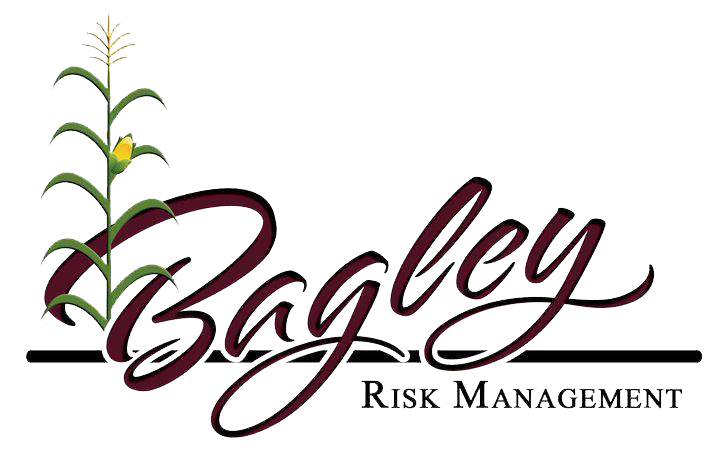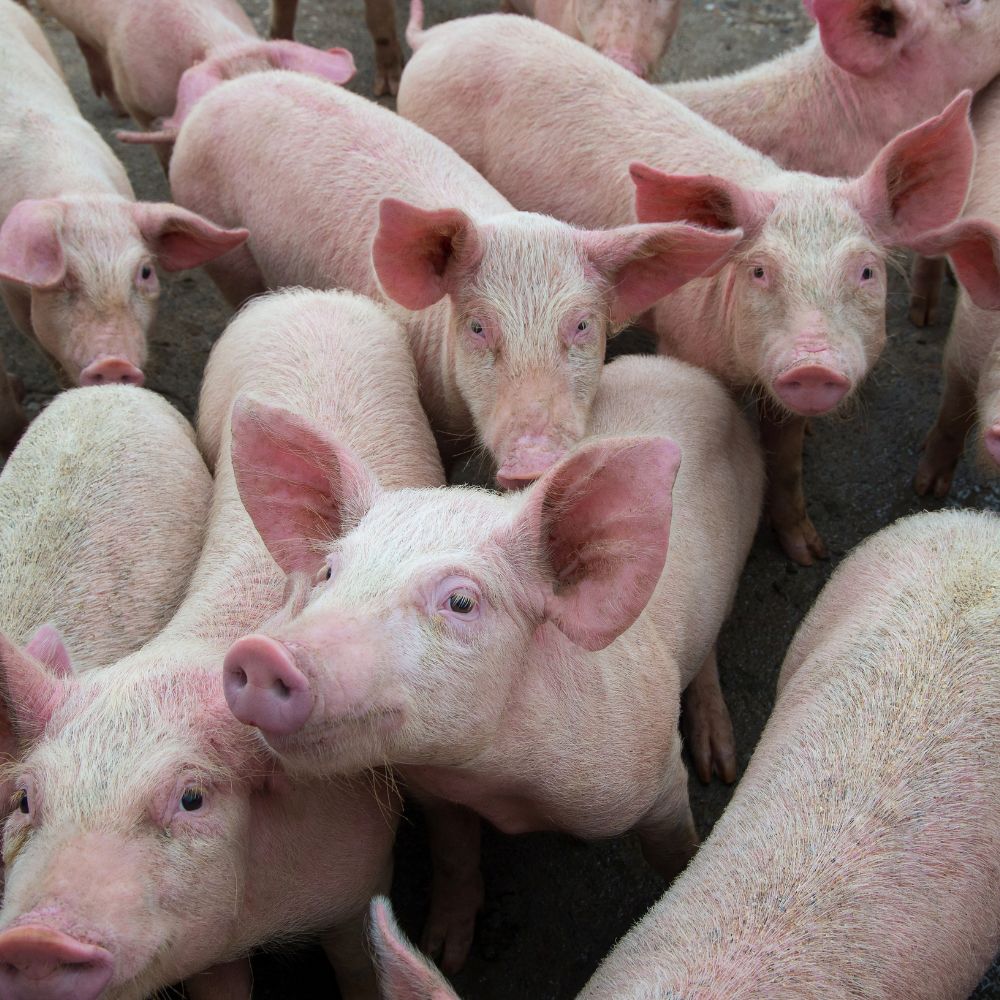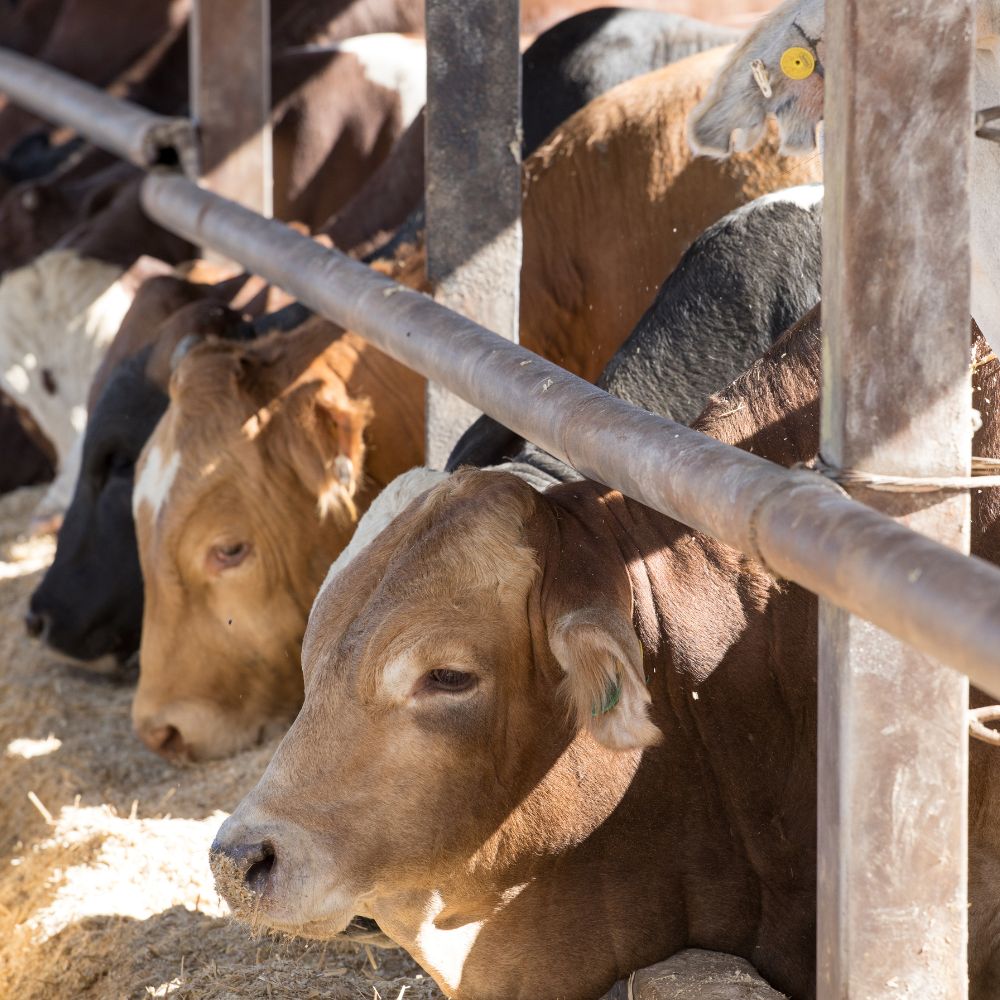What Does Bagley Risk Management Do?
What Does Bagley Risk Management Do?
Blog Article
Bagley Risk Management Things To Know Before You Get This
Table of ContentsThe 30-Second Trick For Bagley Risk ManagementThe Of Bagley Risk ManagementBagley Risk Management Things To Know Before You BuyThe Single Strategy To Use For Bagley Risk ManagementIndicators on Bagley Risk Management You Need To KnowIndicators on Bagley Risk Management You Need To Know
When your contract reaches its end date, the final cost is determined using the CME Feeder Cattle Index. This is based upon sale barns throughout the Midwest (not just your local market). If the index drops listed below your contract's coverage rate, you may be paid the difference. Price Adjustment Aspects will use.Animals Risk Protection (LRP) is a USDA subsidized insurance program that aids protect manufacturers from the threats that originate from market volatility. With LRP, manufacturers are able to insure a floor rate for their cattle and are paid an indemnity if the market value is less than the insured price.
This product is meant for. National livestock insurance.
All About Bagley Risk Management

In the last pair of months, several of us at FVC and PCM have gotten inquiries from manufacturers on which danger management tool, LRP vs. Futures, is better for a pork manufacturer? Like most tools, the solution depends on your operation's goals and scenario. For this edition of the Dr.'s Corner, we will certainly take a look at the circumstances that often tend to prefer the LRP device.
In Mike's evaluation, he contrasted the LRP estimation versus the future's market close for each and every day of the past twenty years! The portion shared for each and every month of the provided year in the first area of the table is the percent of days in that month in which the LRP computation is reduced than the futures close or in various other words, the LRP would possibly compensate even more than the futures market - https://www.domestika.org/en/bagleyriskmng. (National livestock insurance)
As an instance, in January 2021, all the days of that month had LRP possibly paying greater than the futures market. Alternatively, in September 2021, all the days of that month had the futures market potentially paying greater than LRP (absolutely no days had LRP less than futures close). The propensity that shows itself from Mike's evaluation is that a SCE of a LRP has a greater probability of paying extra versus futures in the months of December to May while the futures market has a greater possibility of paying more in the months of June to November.
Everything about Bagley Risk Management

50 or $5. 00). As an instance, in 2019, LRP was much better or within a $1. 25 of the futures market over 90% of the days in all the months except June and August. Table 2 illustrates the typical basis of the SCE LRP computations versus the future's close for the provided amount of time annually.
Once more, this data supports a lot more likelihood of an SCE of a LRP being better than futures in December via May for many years. As blog a common caution with all evaluation, past efficiency is NO guarantee of future efficiency! It is crucial that manufacturers have accounting methods in place so they know their cost of manufacturing and can much better determine when to use danger administration tools.
Things about Bagley Risk Management
Some on-farm feeders might be pondering the requirement for price protection right now of year on calf bones retained with the intent to feed them to a surface weight at some time in 2022, using readily available feed sources. Despite strong fed livestock rates in the current local market, feed costs and current feeder calf worths still make for limited feeding margins moving on.
The current average public auction price for 500-600 extra pound guides in Nebraska is $176 per cwt. This recommends a break-even rate of $127. The June and August live livestock contracts on the CME are presently trading for $135.
Cattle-feeding enterprises often tend to have limited margins, like many farming enterprises, as a result of the affordable nature of the business. Cattle feeders can bid a lot more for inputs when fed livestock rates rise. http://dugoutmugs01.unblog.fr/?p=3360. This increases the rate for feeder livestock, particularly, and rather boosts the costs for feed and various other inputs
The Best Guide To Bagley Risk Management
Nebraska livestock are close to significant handling centers. As a result, basis is positive or zero on fed cattle throughout much of the state.
Just in 2020 did the LRP insurance coverage cost go beyond the finishing value by sufficient to cover the costs cost. The web impact of having this LRP insurance coverage in 2019-20 was considerable, including $17. 88 per cwt. down line. The outcome is a positive typical net result over all 5 years of $0.
37 The manufacturer premium decreases at reduced coverage levels however so does the coverage cost. The impact is a lower web result (indemnity costs), as insurance coverage degree decreases. This mirrors reduced efficient degrees of defense. Because producer premiums are so low at lower insurance coverage degrees, the manufacturer loss ratios (indemnity/premium) rise as the insurance coverage degree declines.
Rumored Buzz on Bagley Risk Management
Generally, a producer needs to look at LRP coverage as a device to safeguard output price and subsequent profit margins from a threat administration perspective. Nevertheless, some producers make an instance for insuring at the reduced levels of insurance coverage by concentrating on the decision as an investment in risk monitoring defense.

Report this page